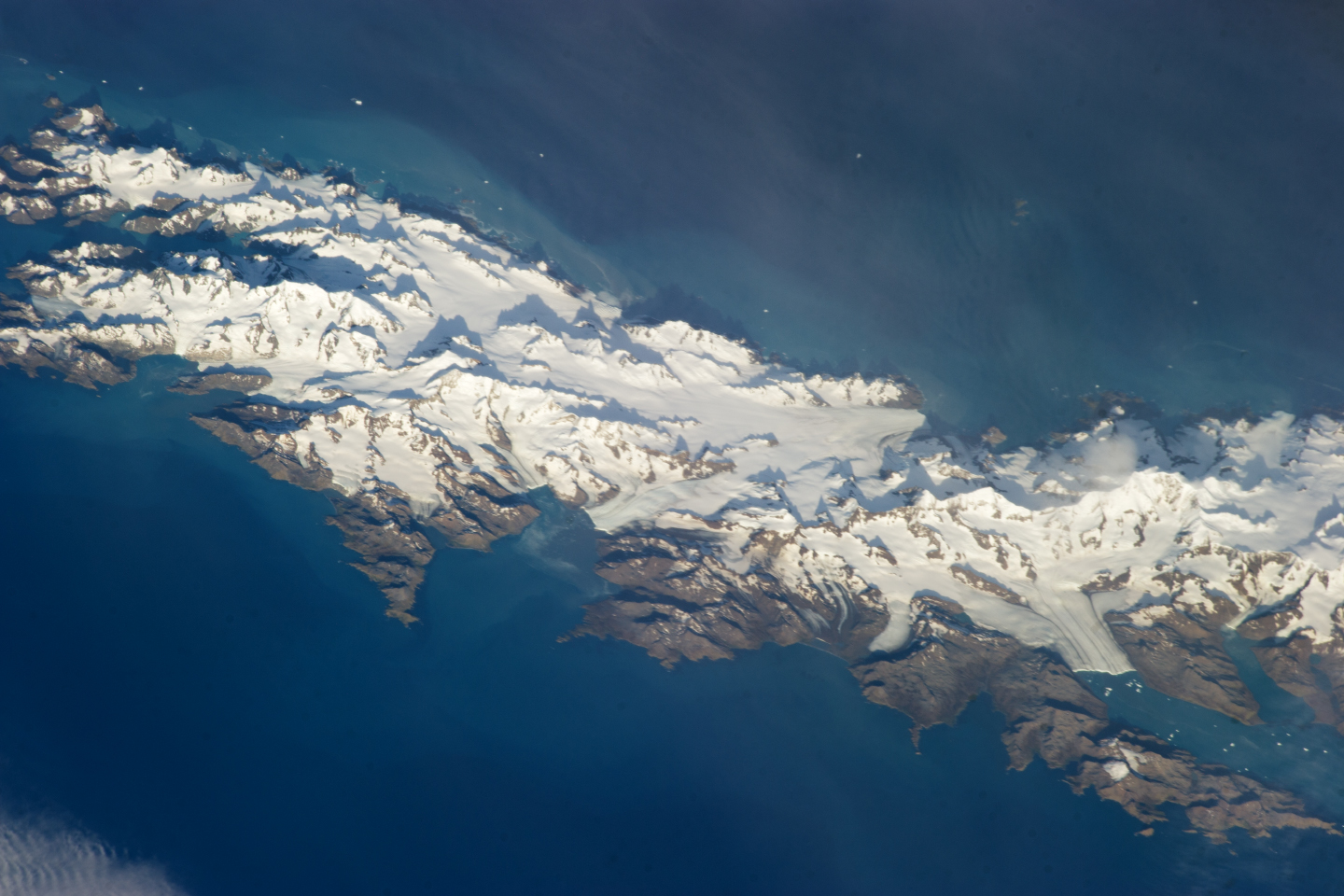As most of you know, one of my ongoing concerns involves the loss of languages in the world: both in their spoken and written forms. So it shouldn't surprise anyone that the appearance on my radar of three separate projects within the last couple of weeks has sparked a post.
The first of these is another Kickstarter project created by Tim Brookes, who founded the Endangered Alphabets Project, with which I've been involved almost from the beginning. The last one, The Atlas of Endangered Alphabets (this is my post, with further links to posts about other projects), has been a rousing success, and has prompted Tim to launch a campaign to enable and promote his new Thank You All exhibition.
This latest effort was inspired by a type designer, Ananda K. Maharjan, who created a poster featuring an almost extinct Nepalese script, Ranjana, that says "Thank You All."

This project isn't progressing as quickly as it might, so if you're at all interested in helping, please go to the page and check out the (as always) lovely rewards. I've got several of Tim's carvings exhibited in my home and they always draw enthusiastic comments. But the main reason to support this project is to foster the survival of the scripts that are disappearing on an almost daily basis.
In the New York Times (wherein I first read about Tim's book Endangered Alphabets) this morning, I happened on another project involving linguistic extinction: languages themselves.
Lena Herzog, a photographer with broad interests and talents, has developed a multimedia exhibition called Last Whispers (an "Oratorio for Vanishing Voices, Collapsing Universes, and a Falling Tree"), which explores visually and aurally several of the 3,000 languages that are in danger of extinction. The presentation was created with the help of producer and composer Mark Capalbo, and sound designer Mark Mangini, who won an Oscar for Mad Max: Fury Road. The audio samples on the website are haunting, and the trailer is stunningly beautiful. Public screenings of the Oratorio will take place at Montclair State University October 16-20, with discussions and other events--so if you happen to live in New Jersey, it would be worth your while to check it out. Those of stranded in Texas can only hope there will be a Netflix production or an expansion of venues.
Reading Zachary Woolfe's Times article on Herzog also made me aware of a 2017 video by the artist/anthropologist Susan Hiller, called Lost and Found. This work, commissioned by the Pérez Art Museum in Miami, consists of an "audio collage" of voices speaking about the political and cultural importance of native languages--in twenty three of those that are extinct or endangered, and some of which are being revived. The visual component of the film features text translations of the material, and images of "a shifting oscilloscopic line" accompany the subtitles. A YouTube video of an hour-long discussion between PAMM's curator, René Morales and Hiller is available at the link. Slides from the video augment the conversation. It was actually somewhat heartening to hear that a few languages and dialects are enjoying revivals--such as Cornish and Welsh.
While I was still teaching, I was fond of reminding my students (many of whom were graphic designers) that writing is the graphic representation of language. Although there are many languages in the world that lack--or have until recently lacked--written alphabets or syllabaries, we know about some extinct languages only because they have, in the past, been represented by written symbols that correspond to the sounds of words. My students were always fascinated by Egyptian hieroglyphs, which wasn't deciphered until the turn of the eighteenth century, but opened up an entire universe of much more accurate information on ancient Egyptian life than had ever been available before. Much of my early interest in archaeology was sparked by my having read about Michael Ventris's decipherment of Mycenaean Linear B as an early form of Greek (and its mysterious relative, Minoan Linear A, which is still undeciphered), which I discovered during my initial forays into Attic Greek--which led me to the Homeric dialect I work on sporadically to this day.
The efforts of artists and designers, as well as linguists, to preserve languages and scripts offers some hope to those of us who lament the loss of language in any of its forms. I hope that the projects I've mentioned generate new interest in the ways we communicate, both visually and orally, because these cultural foundations are far more important than most people seem to realize. Being able to see the beautiful scripts and hear the haunting voices of people speaking languages some of us have never even heard of deepens our understanding of the world. It might even make us grateful that our own language and its almost infinite variety of forms is still alive and well.
As Tim Brookes reminds us with his Thank You All project, "This is what the world needs right now: not suspicion and
divisiveness and bigotry but gratitude and openness to everyone,
everywhere." Language and literacy provide connections over time and space, and the more access we have to others' stories, the more able we might be to appreciate the world as a whole.
Then, perhaps, we might not be so complacent about its destruction.














